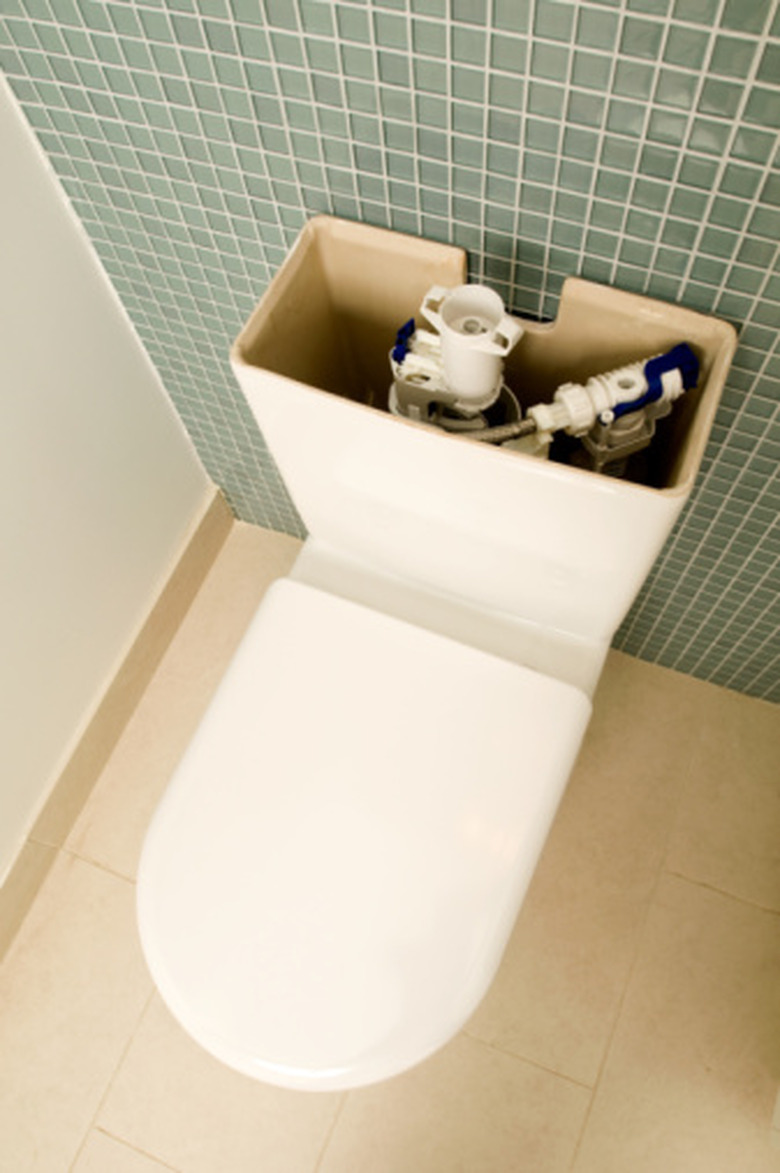Why Is The Water In My Toilet Tank Hot?
A toilet tank isn't supposed to be full of hot water, so a rush of warmth when you flush just feels wrong. It's not only unsettling, though; it's potentially expensive as well. The presence of hot water in the tank indicates a leak in your toilet's mechanism. To fully understand the problem, you need to learn how a toilet works.
A Little Toilet Anatomy
A Little Toilet Anatomy
Flushing a toilet lifts the flapper, a rubber slab that normally seals the toilet bowl inlet. As the water rushes out, the float ball descends, opening the valve that refills the tank. Modern toilets often use a mixing valve that introduces a small amount of hot water into each tankful. This slightly raises the temperature of the tank, which prevents sweating.
What's Wrong
What's Wrong
If the flapper or fill valve has a leak, the toilet must continually replenish its tank. In a normal flush, only a little hot water comes through the mixing valve, but during a slow leak hot water can easily overpower the cold. This steadily raises the temperature of the water, eventually resulting in a hot tank that gives a warm flush.
Why You Should Fix It
Why You Should Fix It
Hot toilets are mildly disturbing on a visceral level, but after a while you can get used to it. The heat will not damage your toilet, and it should continue to work normally. The danger is not in the hot water itself, but in the cause of the heat–that slow, persistent leak. Such a toilet leak continually consumes hot water, which can send both your water and heating bills through the roof. Therefore, fixing the leak is of utmost importance.
How to Do That
How to Do That
Flapper or valve leaks are usually very small and hard to find. Plugging the gap is out of the question. Instead, purchase a replacement part and install it. If you are unable to isolate the leak to one or the other component, replace both parts. The cost will be negligible compared to the expense of wasted water.
